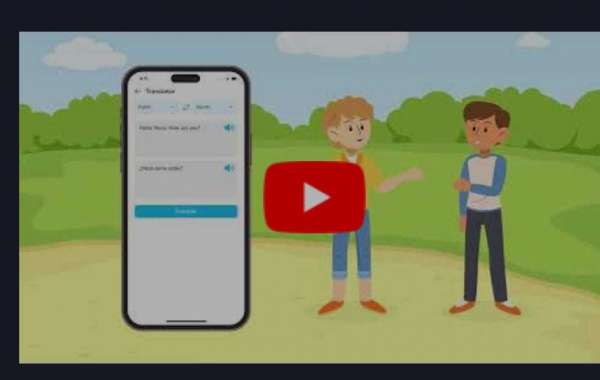In the dynamic landscape of education, the transformative impact of assistive technology extends far beyond the classroom, reaching into the realms of empowerment, inclusivity, and equal access. This blog explores the ways in which assistive technology transcends traditional educational boundaries, creating a more accessible and enriching learning experience for individuals with disabilities.
Assistive Technology: A Gateway to Equal Access:
The evolution of assistive technology has paved the way for equal access to education for individuals with disabilities. These innovative tools transcend physical and cognitive barriers, ensuring that learning opportunities are not restricted by differences in abilities.
Breaking Down Learning Barriers:
Learning barriers, whether related to reading, writing, organization, or communication, can be formidable obstacles. Assistive technology serves as a powerful ally, breaking down these barriers and providing tailored solutions that cater to the unique needs of diverse learners.
Accessibility Anytime, Anywhere:
The beauty of assistive technology lies in its ability to provide accessibility beyond the confines of the classroom. Whether at home, in the workplace, or during daily activities, individuals with disabilities can continue to learn and engage with information using these adaptive tools.
Independence in Learning:
Assistive technology fosters independence by empowering learners to take control of their educational journey. From text-to-speech applications for reading to speech-to-text tools for writing, these technologies enable individuals to navigate educational content autonomously.
Expanding Learning Environments:
Virtual classrooms, online courses, and e-learning platforms have become integral parts of modern education. Assistive technology ensures that individuals with disabilities can seamlessly participate in these expanded learning environments, contributing to a more inclusive educational landscape.
Career Readiness and Workplace Inclusion:
Beyond academic settings, assistive technology plays a crucial role in preparing individuals with disabilities for the workforce. By enhancing communication, organization, and task completion, these tools contribute to workplace inclusion and promote career readiness.
Evolving Communication Tools:
Augmentative and alternative communication (AAC) devices, a subset of assistive technology, have revolutionized communication for individuals with expressive challenges. These devices facilitate effective expression, enabling users to communicate with greater ease and efficiency.
Personalized Learning Journeys:
Adaptive learning platforms and customizable educational tools create personalized learning journeys. Assistive technology tailors content delivery, assessments, and interactions to individual strengths and challenges, ensuring that each learner's unique needs are met.
Facilitating Social Inclusion:
Social inclusion is a vital aspect of holistic development. Assistive technology helps individuals with disabilities engage more fully in social and collaborative learning experiences, fostering connections with peers and educators.
Encouraging Lifelong Learning:
Lifelong learning is a journey that extends well beyond formal education. Assistive technology empowers individuals with disabilities to engage in continuous learning, explore new interests, and stay informed in a rapidly evolving world.
see more:-










